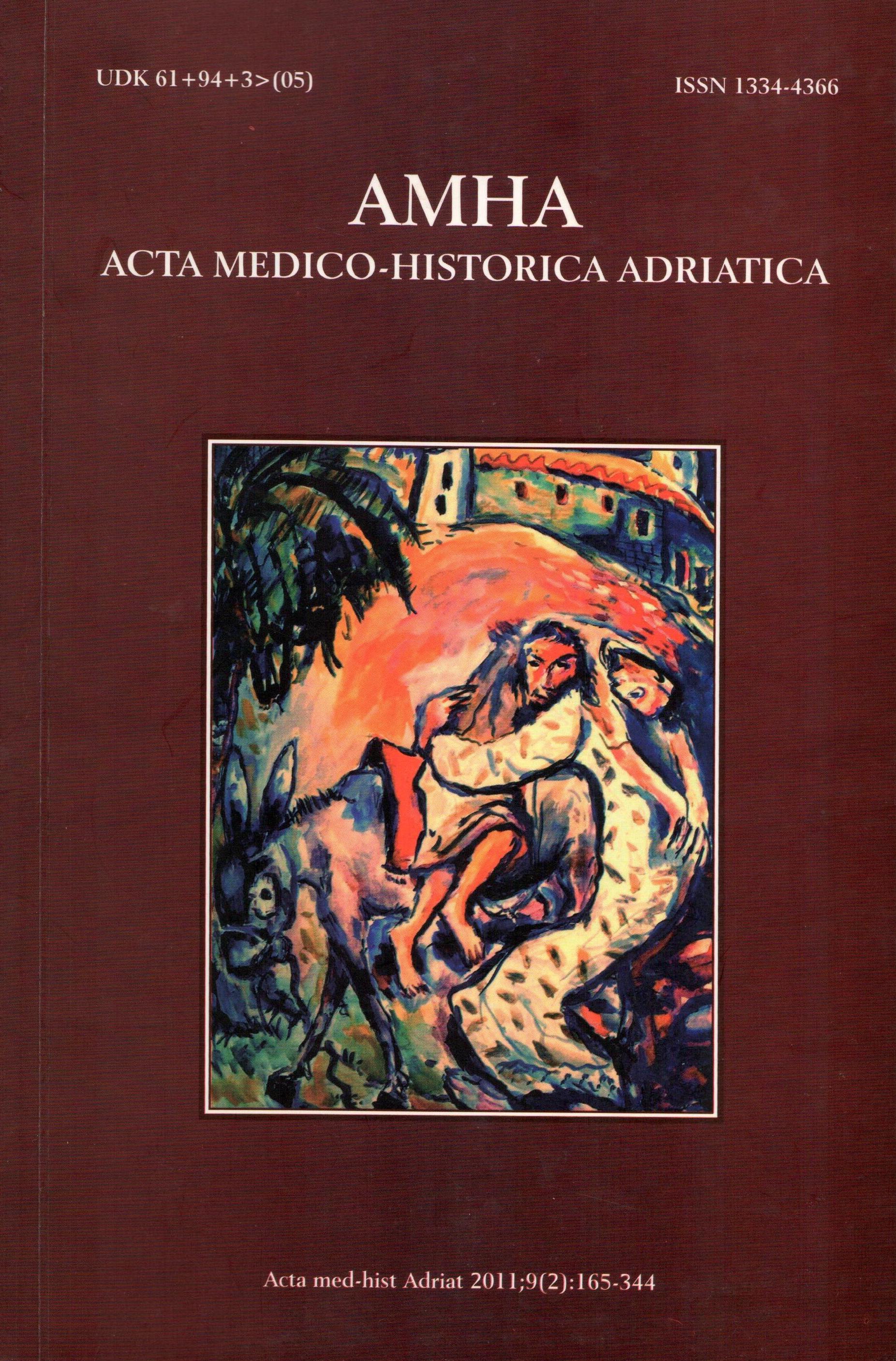STIGME SVETOG FRANJE I DRUGIH SVETACA I KARIZMATIKA: IZMEĐU ČUDA I ZNANSTVENOG ODGOVORA
Keywords:
stigmata, miracle, miraculous healings, religion, extasyAbstract
Departing from the definition of the stigmata as the wounds which, temporarely or permanently, manifest in some cases of extasy following a selected model of suffering (Jesus, Mohammed etc.), the present paper analyzes the phenomenology of stigmatization on several most famous historical and actual examples: Francis of Assisi, as the first stigmatized at all; Catherine of Siena, the only one beside Francis whose stigmata have been recognized by the Church as supernatural; Rita of Cascia (14th c.); Marie de Mörl (1812-1868) from Tirol; the Belgian Louise Lateau (1850-1883); Izabele Hendricks (1844-1874), who died from bleeding; Gemma Galgani (1878-1903), who presented stigmata and the traces of flagellation; the Bavarian Therese Neumann (1898-1962), of whom probabely the most has been written; the popular mendicant father Pio from Pietrelcina (1887 1968); Giulio Massa (b. 1970) from Montecorvino near Salerno, already known as the “Father Pio of the 21st century,” who speeks out in Aramaic during extasy; and the first Croatian stigmatized, Zlatko Sudac (b. 1971). Considering some older and more recent interpretations of the stigmata, a more precise definition of that phenomenon is suggested. Acording to it, the stigmata might be considered spontaneous, isolated cases of the localized deautonomization of influence upon superficial blood vessels, mediated by altered consciousness. Pointed out are the potential enormous benefits which medicine might provide by finding out the regularity and methods by which thatphenomenon would be initiated in a controlled way, at full consciousness, without external help and at any place on the body.


